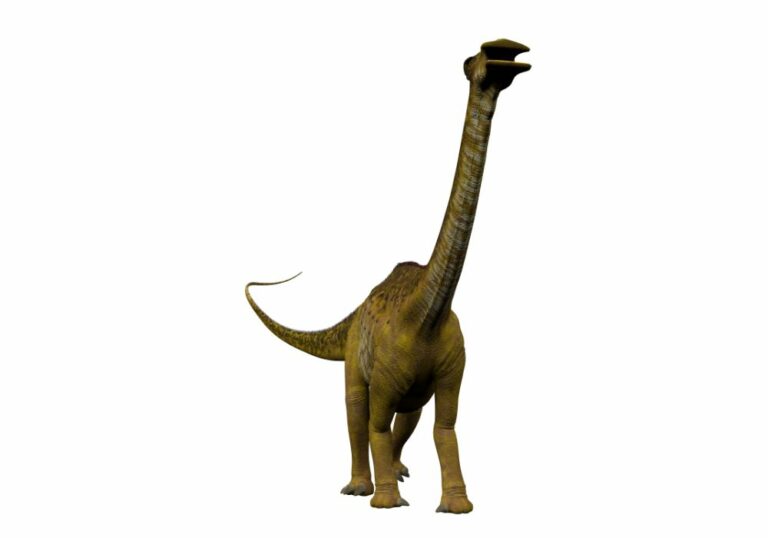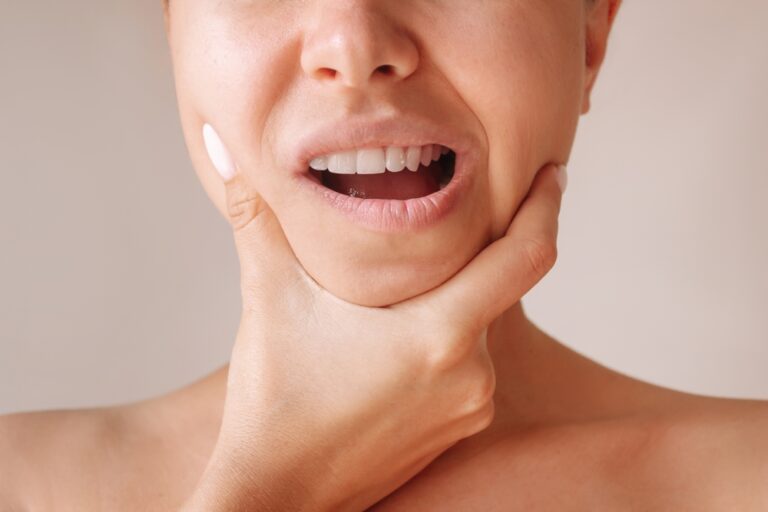What Are Retainers and How Do They Work?
Retainers are custom-made devices that are worn after braces or aligners to help guide teeth into their new aligned positions gradually over time. They apply a constant yet gentle pressure against the teeth to encourage them to stay in place and avoid drifting back to their original crooked positions.
Retainers are commonly fabricated out of clear plastic and wire materials so they can be worn inconspicuously by patients after orthodontic treatment. They fit securely over the teeth and keep a light force against the teeth for as long as they are worn properly.
There are two main types of retainers:
Removable Retainers
Removable retainers are clear plastic trays that can be taken out of the mouth for eating, brushing teeth, flossing and other needed oral care. Orthodontists often initially recommend wearing removable retainers full-time (20-22 hours per day) for the first 6-12 months after braces are removed. This allows the ideal amount of pressure to guide teeth into position. Over time, orthodontists can transition patients to nighttime-only wear once teeth have stabilized. Removable trays must be worn according to orthodontist recommendations for best results.
Fixed Retainers
Fixed retainers consist of a thin wire that is bonded (glued) to the tongue-side surface of the 6 lower and/or 6 upper front teeth. The fixed wire keeps these most visible teeth stabilized in their new aligned positions. Fixed retainers are intended to be left in place long-term, for many years or lifelong in some cases. Unlike removable retainers, they are only to be placed and removed by the orthodontist when directed. Fixed retainers hold the front teeth in position but do not impact alignment of bicuspids and molars.
Both types of retainers provide constant, gentle pressure against teeth to guide proper settling after orthodontics. The choice of which retainer type to use depends on several factors the orthodontist will evaluate. Compliant wear is imperative to see desired tooth movement with any retainer.
Key Factors That Impact Speed of Tooth Movement with Retainers

Several key factors influence how rapidly a patient’s teeth are likely to shift and settle into new positions when wearing retainers:
- Patient Age – Younger patients tend to experience faster tooth movement with retainers compared to older patients. Teeth become less responsive to applied pressures for shifting position as we age. The bones, periodontal ligaments, and other dental structures become less adaptable and dynamic over time. Younger patients with more growth capability and turnovers see quicker results.
- Periodontal Health – Teeth move more readily through healthy periodontal tissues. Inflamed, irritated or diseased gums and periodontal ligament do not offer the same potential for teeth to shift positions. Excellent oral hygiene habits enable better retainer effectiveness.
- Consistent Retainer Wear – The more consistently a patient wears the retainers as directed, the faster the intended tooth movements are likely to occur. Teeth only respond to the pressures placed by retainers while they are being worn. Skipping wear for even 1 or 2 days can allow teeth to shift in the wrong directions. Faithful wear is key.
- Proper Retainer Fit – Well-fitting retainers that offer light, constant contact and pressure on all the teeth have the best chance of moving teeth efficiently. Poor fitting retainers either provide inadequate guiding forces or too much pressure leading to discomfort. Achieving excellent retention relies heavily on precision fitting.
- Tooth Roots – Teeth with shorter, smaller roots and single roots (like front incisors) require less force and time to be guided into settling. Back teeth with longer, thicker, multi-rooted anatomy are far less responsive to typical retainer pressures and resist movements.
- Initial Orthodontic Treatment Method – How the teeth were aligned originally can matter. Traditional braces often achieve gradual alignment that may continue at a steady pace with retainers. Faster treatment options like Invisalign may require more time for the last 5-10% of settling as teeth were moved rapidly.
Considering these influencing factors allows orthodontists to develop effective retainer wear plans tailored to each patient’s scenario. While responses vary individually, some general timelines exist.
Expected Tooth Movement Timeframe with Retainers
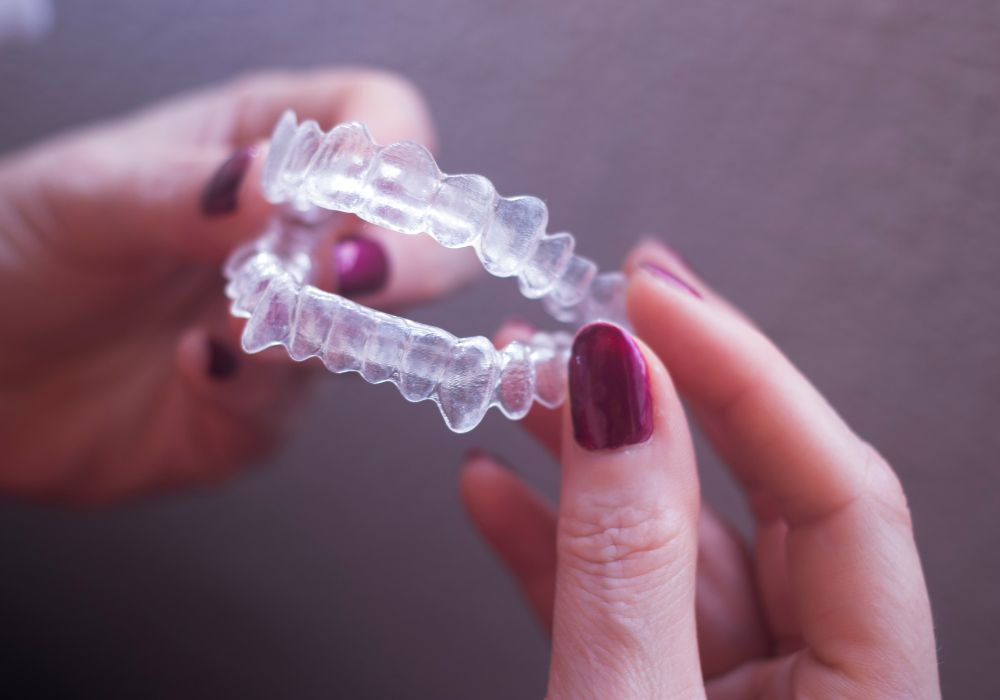
The speed that teeth settle into place with retainers depends on the above factors, but typically follows this general timeline:
First 3 Months of Retention
The most significant shifting and settling takes place within the first 12 weeks following braces or aligner removal. Teeth are still very mobile as retainers take over stabilization. This initial period is critical for full-time (20-22 hours daily) wear to prevent reversal of progress. Skipping wear even 1-2 days can undo alignment quickly. Most orthodontists require diligent retainer use during this phase.
3-6 Months of Retention
Tooth movement continues but starts slowing. Some patients can begin dropping to nightly-only retainer wear at this point if approved by the orthodontist, while others still need full-time wear for best results. Progress is monitored closely at appointments and recommendations tailored to the individual.
6-12 Months of Retention
The teeth begin feeling more settled into position, but retainers are still needed at night to hold everything steadily. Appointments are often spaced to every 4-6 months to examine tooth positions. Any adjustments, replacements or changes to the retention plan can be made during this period.
Beyond the First Year of Retention
After the first year, teeth are usually well stabilized in their new alignment for most patients. However, wearing retainers indefinitely nightly remains important for continuing protection against gradual shifts over decades. Lifelong nighttime wear may be recommended, especially for certain teeth. Some minor drift is still possible over many years without ongoing retention.
This timeline provides general guidance that may be faster or slower depending on the individual factors of each patient’s case. Orthodontists will assess progress at appointments and tailor retention plans accordingly. With careful wear, most patients see teeth improve toward ideal positions over the first year before transitioning to nighttime-only wear.
How Much Tooth Movement is Possible with Retainers?
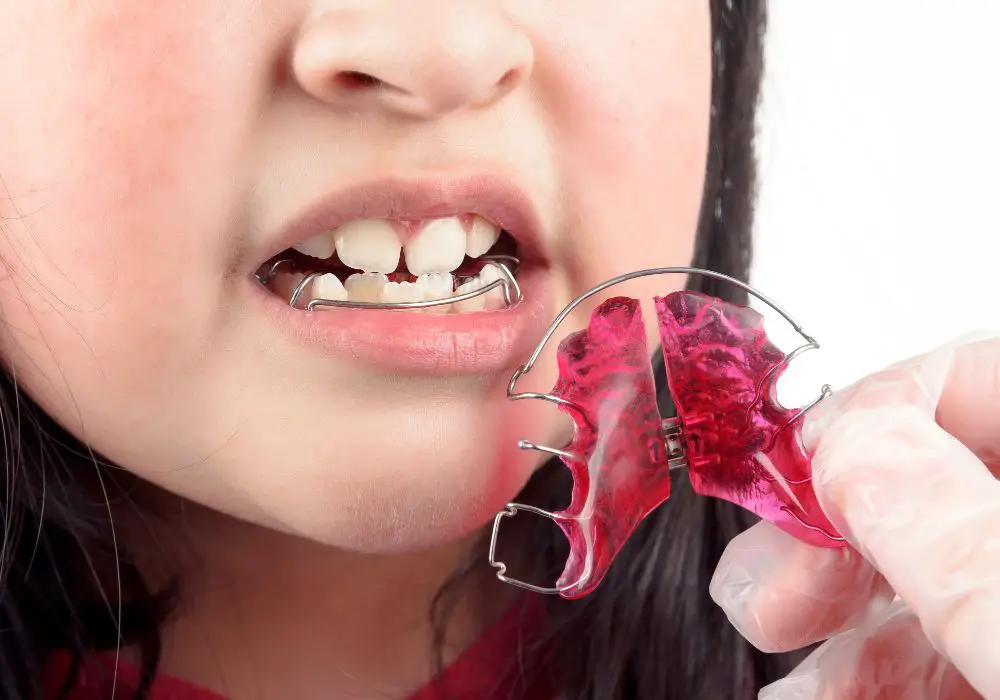
Retainers are designed primarily for minor tooth movements of 1 mm or less (about the thickness of a toothpick) as teeth settle into proper alignment. They can resolve minor relapse that wants to occur as teeth stabilize after orthodontic treatment.
However, some patients wish to use retainers to make further alignment adjustments and movements intentionally beyond the initial treatment scope. Some general guidance applies:
- Up to 2 mm of total movement may be possible over 3-6 months of diligent full-time retainer wear.
- Around 4 mm of shift could occur over 6-12 months with excellent patient compliance.
- Over 5 mm of movement often requires a new phase of orthodontic treatment for effectiveness and dental health.
Attempting to move teeth too substantially with retainers alone increases risks like:
- Loosening teeth in their sockets
- Tipping teeth toward one direction
- Receding gums
- Shortening roots
- Causing gum pain
- Breaking or warping retainers from excessive forces
Therefore, patients wishing to use retainers for ongoing improvements need to discuss goals thoroughly with the orthodontist first. Exceeding 2-3 mm of movement requires care to avoid side effects. Monitoring and planning is key.
Options for Additional Tooth Movement with Retainers
If interested in adjusting your teeth further after initial orthodontic treatment, there are a few options to discuss with your orthodontist:
- Additional Aligners – Ordering 5-10 new aligner trays can enable limited further movement in some cases. Aligners safely move teeth up to 0.25-0.33 mm incrementally per tray when worn sequentially.
- Attachment-Assisted Retainers – Small tooth-colored attachments are bonded onto specific teeth needing adjustment, and the retainer uses these to focus forces only where desired.
- Fixed Retainer Adjustments – The orthodontist can selectively add bends to a fixed wire retainer to encourage specific continued shifts over time.
- Interproximal Reduction – Reshaping between teeth can gain small spaces for adjustments. This is sometimes done with retainers or final aligners.
Any plans beyond retainer basics should involve an orthodontist to ensure proper movement pacing and dental health. There are risks moving teeth excessively fast with retainers that require oversight. A custom plan of retainers, timeline and appointments can make extra adjustments safer and more successful.
Maintaining Retainer Effectiveness for Tooth Movement
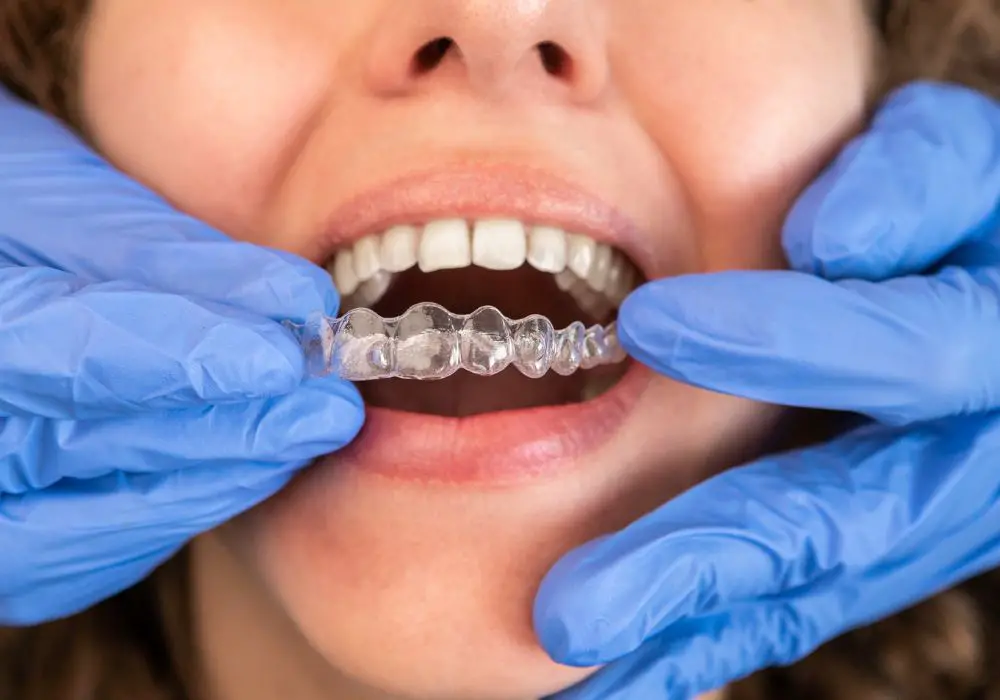
To help your retainers successfully and comfortably continue shifting your teeth, consider these tips:
- Clean retainers daily using cool water and toothpaste/retainer cleanser to prevent bacteria buildup
- Avoid hot water that can warp trays and reduce effectiveness
- Monitor diet and avoid chewy, crunchy, sticky foods that can damage retainers
- Use “chewies” as needed to fully seat and fit trays for optimal pressure on teeth
- Track wear time to follow orthodontist recommendations closely for best movement
- Attend adjustment visits for guidance, replacements, and modifications as needed
- Report any sudden pains, discomfort, or bleeding which may indicate improper fit needing repair
- Care for retainers consistently and seek orthodontist advice promptly if any problems develop
With attentive at-home care and orthodontic oversight, retainers remain one of the most efficient methods for safely guiding teeth into ideal lasting alignment. While gradual, the long-term benefits are worthwhile.
Frequently Asked Questions
How long should you wear retainers after braces?
Most orthodontists recommend wearing retainers nightly lifelong following braces or aligners. Teeth can still shift without ongoing retention. But each case is unique – some may only need retainers at night the first year or two before tapering. Consult your orthodontist.
How tight should retainers fit?
Well-fitted retainers offer light, constant pressure on teeth. Ill-fitting retainers cause pain. Retainers should feel snug but be removable without significant difficulty or discomfort. Inform your orthodontist if retainers feel loose or overly tight for adjustment.
Can retainers close gaps between teeth?
Yes, retainers can help close small gaps of 1-2 mm or less between teeth. Careful oral hygiene is key, as closing spaces with retainers poses some gum irritation risks needing monitoring. Larger gaps likely require further treatment beyond just retainers.
Do fixed retainers break often?
Fixed wire retainers can last 5-10 years or longer before issues arise. But over time they can come loose or break, especially if not cared for properly. Avoid sticky foods, brush carefully, and see your orthodontist promptly if problems occur to avoid delays.
How to fix warped retainers?
Gently flex and bend warped trays to regain shape. For severely warped retainers, have your orthodontist remake it. Attempting to adjust retainers yourself risks damaging effectiveness or tooth positions. Avoid heat that can warp retainers during cleaning.





